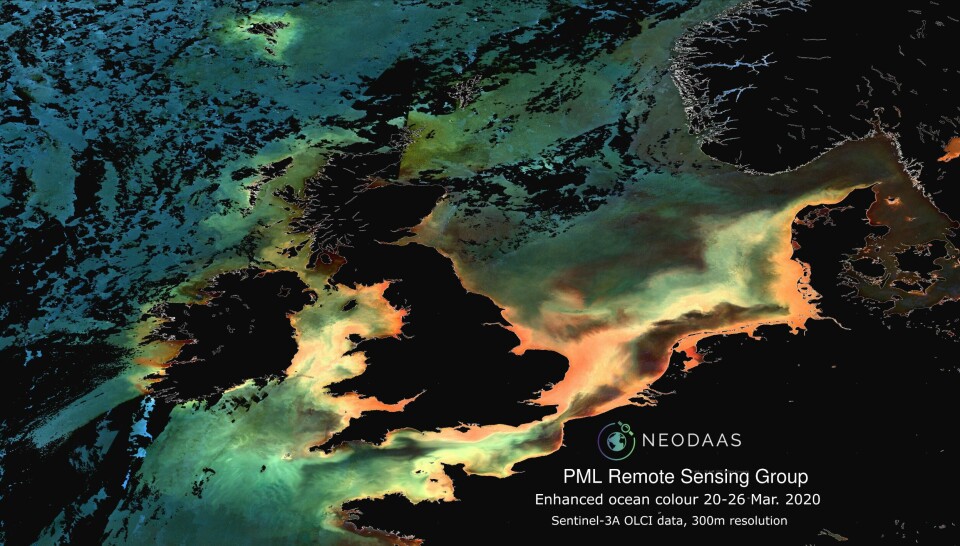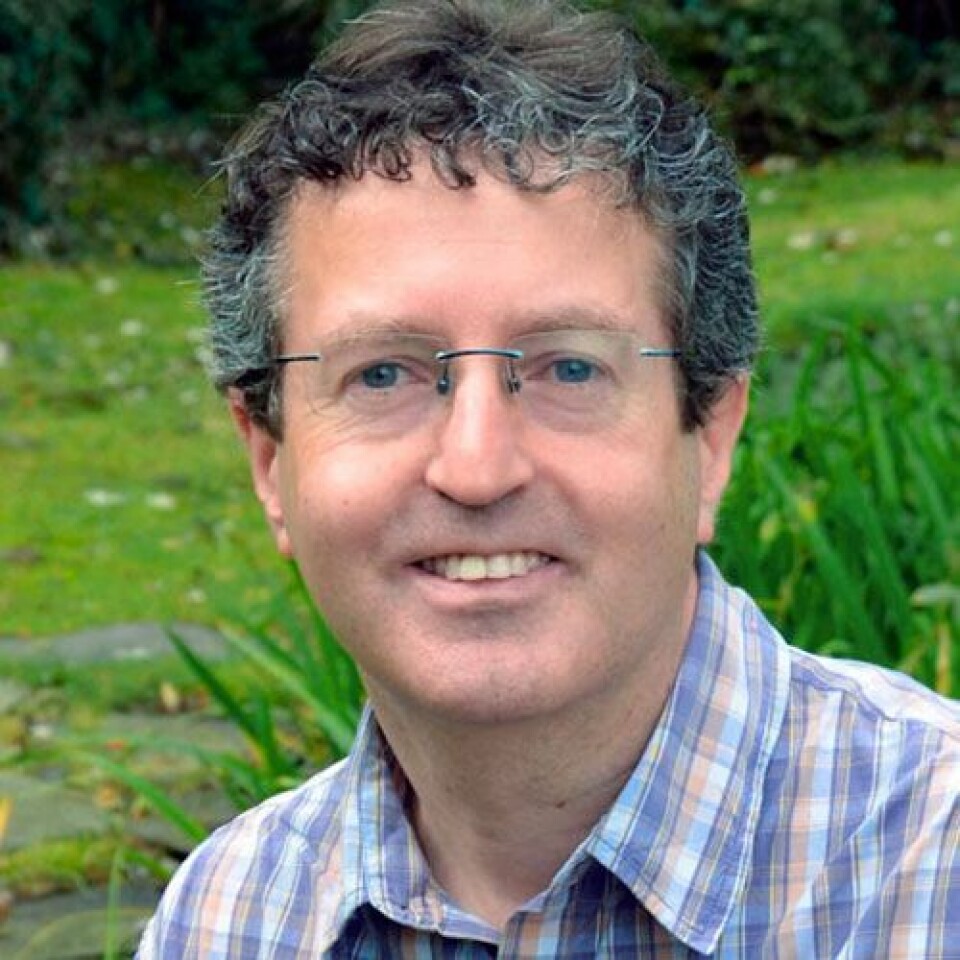
Will lockdown give farmers a better view of blooms?
The Covid-19 lockdown has been terrible for the economy but it has had some positive environmental repercussions, and one of these may be an improvement in the satellite images used to alert Scottish salmon farmers about harmful algal blooms.
Peter Miller, a senior research scientist with Plymouth Marine Laboratory (PML) and NERC Earth Observation Data Acquisition and Analysis Service (NEODAAS), noticed the increased quality of the images soon after passenger flights were grounded because of the virus, and thinks the two things may be connected.
PML Applications’ Scottish Karenia Watch service uses enhanced ocean colour imaging to identify potentially harmful blooms, particularly Karenia mikikmotoi, a red tide species that can clog the gills of salmon.

Fine-scale structure
“I have not done any analysis to prove the ocean colour is clearer, although it seems to be,” said Miller.
“What I noticed was the fine-scale structure in the ocean colour images: you don’t always see those really fine features. It is normally a bit fuzzier, a bit more blurry, and some of that ‘noise’ will be in the constituents of the atmosphere, the aerosols that are left over from the contrails from the aeroplanes, for instance.”
Miller, who developed the early warning system in collaboration with harmful algae expert Keith Davidson of the Scottish Association for Marine Science (SAMS) around 12 years ago, also thinks there has been less cloud around.
Contrails
“I wonder if the particles in the contrails act as seeds for cloud formation, but I’ve not looked into it,” said the scientist.
“Maybe with the sudden reduction in air traffic it might be less cloudy. It would be an interesting study and I know such studies are going on already, about the environmental impacts of the Covid-19 shutdown.”
Although the clearer images are pleasing to Miller’s practised eye, he can’t yet say whether they’ll be of benefit to salmon farmers.
“Certainly, for ocean colour it makes the images much more beautiful to look at because you can see those detailed chaotic mixing structures, the eddies circulating water around, but those are only anecdotal at this stage,” he said.
“It would be interesting if that improved our ability to quantify and discriminate the algal blooms. That’s an interesting potential side effect that we might be able to see more clearly what’s going on with potential risks to salmon farms.”























































